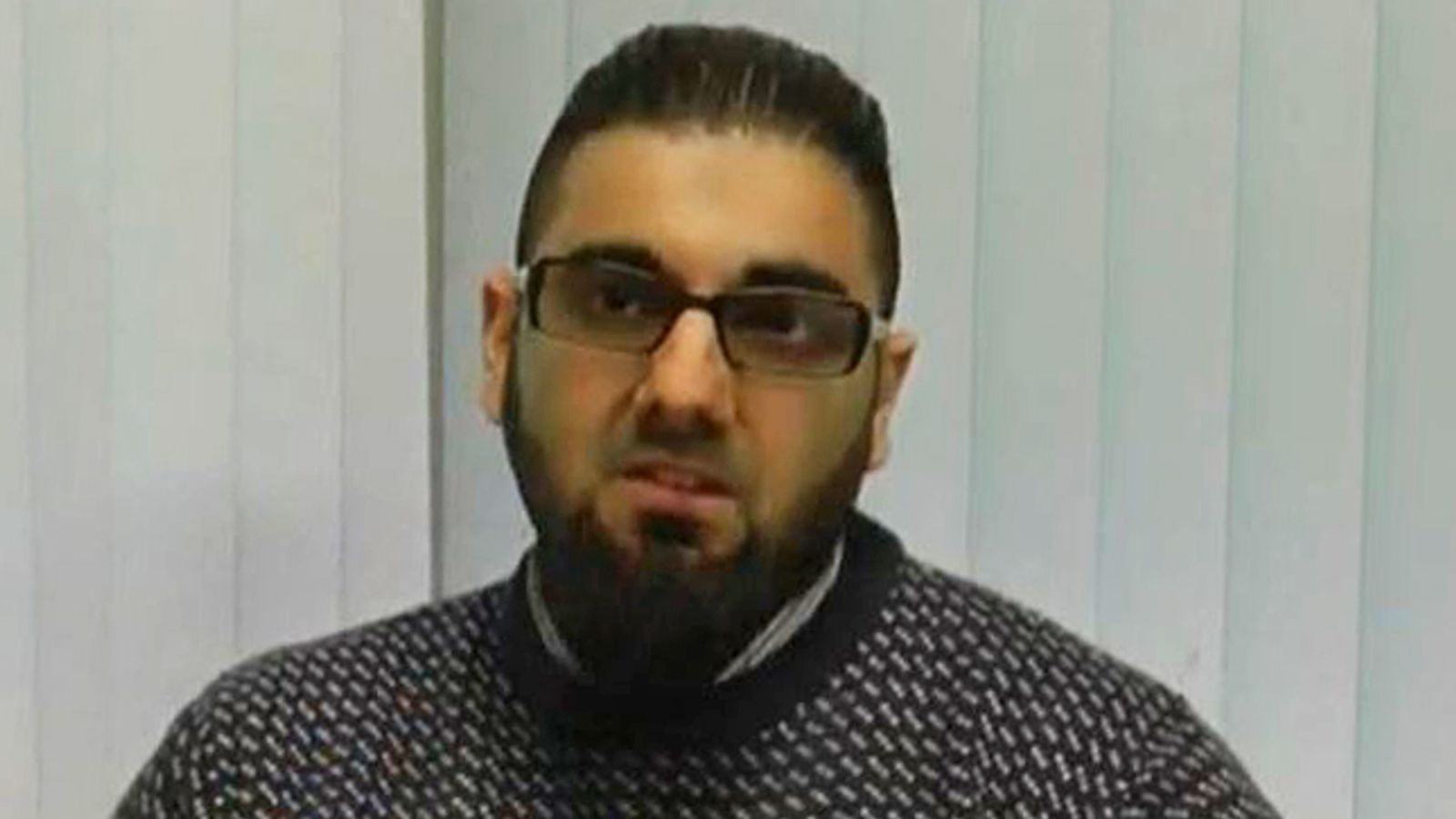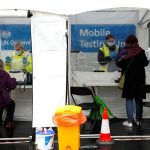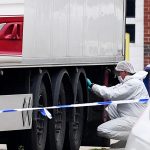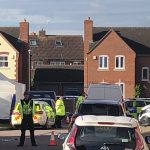London Bridge terrorist Usman Khan was lawfully killed by armed police who “believe he was trying to find a trigger” on a suicide vest when they shot him dead, an inquest jury has found.
Officers fired at Khan 20 times after he stabbed and killed prison rehabilitation workers Jack Merritt, 25, and Saskia Jones, 23, at an event at Fishmongers’ Hall in November 2019.
At an inquest into his death, coroner Mark Lucraft QC directed jurors to return a conclusion of lawful killing, on the grounds that each of the officers who shot at Khan believed it was necessary to protect themselves and the public.
Eight bullets missed their target. None of the critical head shots, designed to kill him instantly, hit him.
When officers on one side of London Bridge heard shots being fired from a different direction they didn’t know at first whether they had heard colleagues’ guns or were being fired on themselves by potential accomplices of Khan.
And there were a lot of passers-by who had to be cleared from the bridge, some of whom believed they had stumbled on to a film set and didn’t know they could be in danger from the terrorist and police crossfire.
The first officers scrambled to the scene were told initially that a woman had been stabbed and thought only their first aid skills were needed.
As they got closer they learned they might have to use their weapons, but still didn’t know the suspect was a terrorist.
Three officers from an armed response vehicle ran towards a group of men attacking Khan on the pavement and tried to assess the risk.
PC YX99, granted anonymity like all police during the inquest, had less than two years’ experience as an armed officer and hesitantly recalled how he reached through the throng to grab Khan who he thought was unarmed.
He told the inquest that Khan looked at him and said: “I’ve got a bomb.”
The officer told the jury: “At that moment I was slightly stunned. I thought you selfish ****, you want to die and you want me to kill you. You start to think of all different outcomes and what you’re going to do.”
He also thought Khan could be mentally ill and he might be accused of shooting an innocent man. He then checked the 28-year-old for any hidden explosive device and found a belt, copper wire, containers and what looked like white plasticine.
Then, he said, all he could think of was to get the men tackling Khan off him so he could shoot the attacker. “I thought the bomb was 100% real and that he would detonate it and we were all going to die,” he said.
“The last thing I remember thinking is, it’s going to hurt and also thinking, try and shoot him, get people off and shoot him. You are relying on muscle memory and training to make the best of a situation that you can.”
The officer said as soon as he got a clear shot at Khan he fired twice and thought he had killed him. But he hadn’t and Khan was lying on the pavement, continuing to move, raising his arms and, after eight minutes, tried to sit up.
PC YX99 said: “I was in shock, in a bit of a panicked state to be honest. I was relieved to be alive still and my ears were ringing because I didn’t have Peltors (ear defenders) on. I had fired a couple of shots and was fully expecting him to be dead so when he moved I was stunned.
“I was partly doubting myself just because of the way other people reacted when I said ‘he’s got a bomb’ – they weren’t reacting as quickly as I was because you don’t want to be anywhere near it.
“I was beginning to doubt myself, thinking I had definitely seen something around his waist. I was wondering is it a real device. I was still trying to get people standing there, shouting, trying to get them away as well.”
PC WS5, a former member of the armed forces, was just behind PC YX99 and said after the first two shots he moved away when he saw what he thought was a real suicide belt.
He said he realised he was in “no man’s land”, too close to the device, so he moved back to Fishmongers’ Hall 50m away where there was a wall to use as cover.
“At the time I was on the radio just trying to get control to send more units, to shut off the foot passage under the bridge,” he said.
“I remember distinctly there was lady pushing a pram without a care in the world and there were also City river cruises going on.
“In my experience I have seen IEDs and what devastation they can cause: if it did not blow the whole bridge up, it could collapse the walls and cause death or serious injury.”
The officer described his “disbelief” as he saw Khan sit up. “He sat up which threw us all how he was still moving around. I remember telling him to stay still, stop moving – he still had what I believed was a viable device strapped to him and he could have set it off.”
Khan did not respond and the officer told the inquest: “I believed he was a threat and needed to be neutralised as soon as possible. I couldn’t get a clear shot or a clear view of him so I moved a bit closer to the footpath, maybe 15m from him. I remember taking various shots, trying to neutralise him by shooting him in the head.”
He was aiming for the mandibular nerve which he described as the “on-off switch” for the brain, adding: “Without that you can’t have any mobility to move or detonate or do anything at all, so I was aiming for that.”
Looking through his rifle sight he could see one shot go across Khan’s forehead. “He put his hand up and wiped it across his forehead in disbelief, so I then went for the body mass.”
Initially there were members of the public in the background and he was worried about a ricochet. “The amount of movement he was doing meant he was still a threat,” the officer said. “I had to make sure he did not initiate that IED. I had to fire to make sure the subject was neutralised and it was safe to shoot.
“I went for the head shot to try neutralise, but that didn’t work. I didn’t have time to reinitiate a stable platform to shoot again to the face so I went for the body mass. I believe some of them hit.”
PC WS5 fired 10 shots. In all, six officers fired 20 shots between them. Eventually it was established that the ‘suicide belt’ was a fake, but jurors were told all officers were trained to treat all devices as potential explosives.
Chief Inspector Phil Taylor, Scotland Yard’s most senior firearms instructor, said individual firearms officers did not need specific permission from above to take a critical head shot. But even if such a shot worked, it might not remove the threat.
He said: “History has taught us that there might be other people orchestrating or might be commanding that situation or directing those people, who might have access to the device which might initiate the explosive, depending on what’s going on – it could be anywhere in the world with telephone technology.”






















